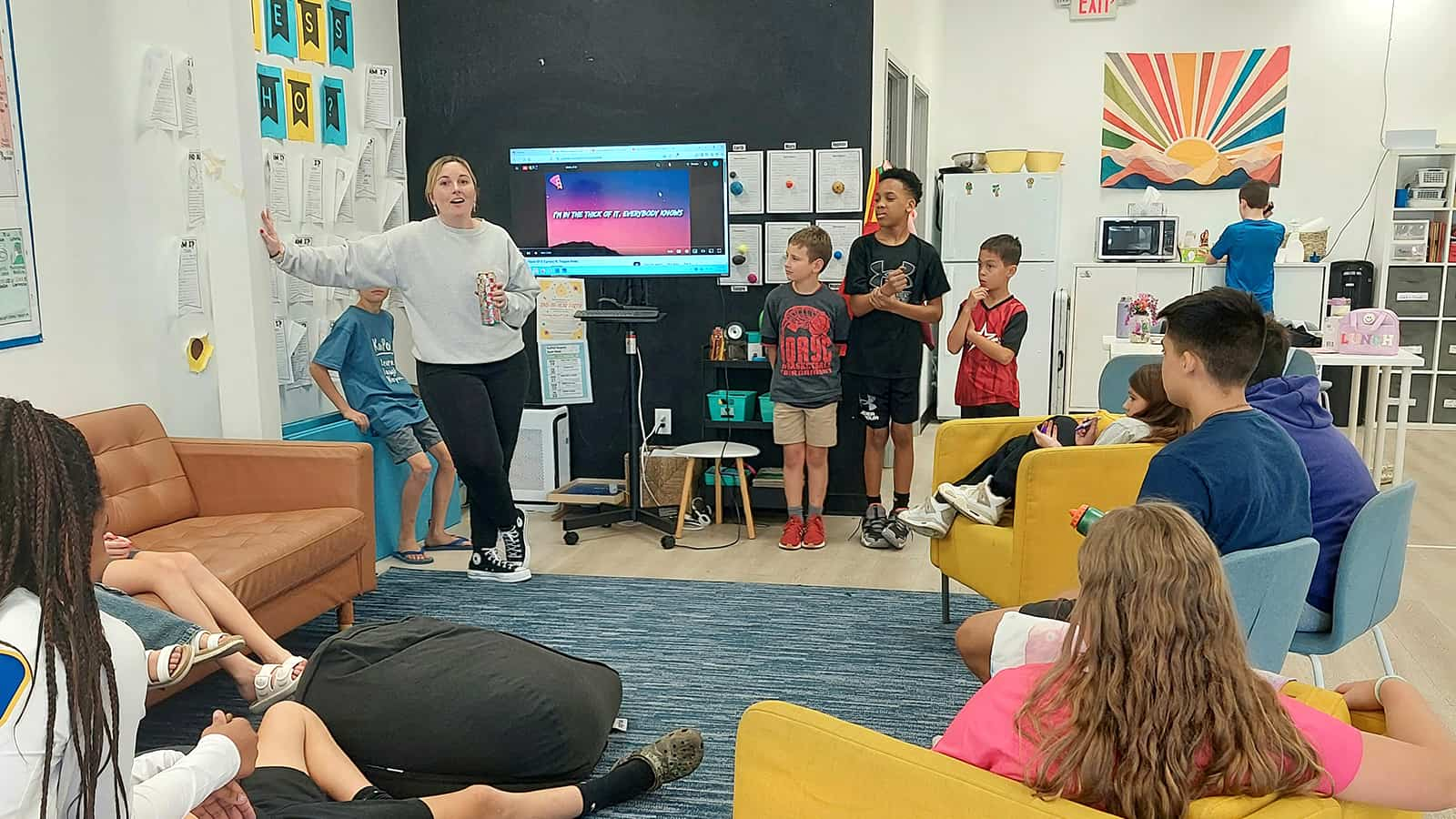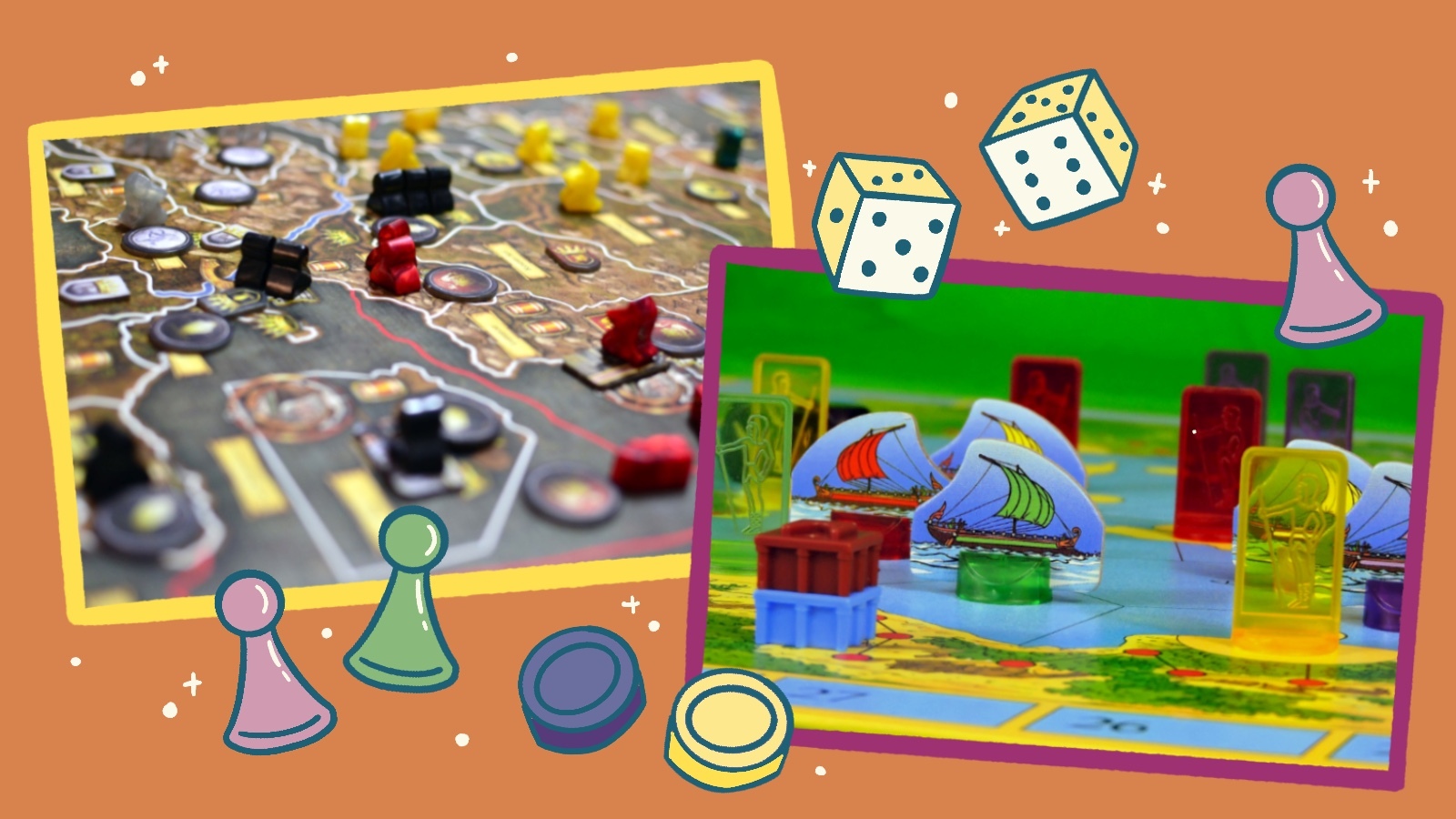This is the second post in The Microschool Founder’s Journey, a series designed to give prospective founders insight into what it really takes to start a microschool. Over the coming weeks, we’ll walk through motivations, models, challenges, and success stories, so you can see how educators like you can move from teacher burnout to fulfilling their vision for better schools.
We know that Sunday night feeling.
You’re already dreading Monday morning. Not because you don’t love kids or teaching—you do. But because you know what awaits: another week of feeling pulled in every direction except toward the actual teaching that made you passionate about education in the first place.
If this resonates, you’re not alone. More than half of us in K-12 education report feeling burned out or stressed at work. In fact, 53% of teachers say they feel burned out, and 62% experience frequent job-related stress—rates much higher than other professions.¹,²
The reasons are all too familiar: overwhelming workloads, little autonomy over your own classroom, pressure over standardized testing, and the exhausting feeling of being stretched too thin. Even the most passionate among us can end up questioning whether we still belong in education.
Why Great Teachers Matter More Than Ever
When teachers leave the profession, everyone loses. Students lose the stability and mentorship they need. Schools lose institutional knowledge and spend precious resources on constant replacement and retraining. And we, as a profession, lose experienced voices who could be shaping the future of education.
The numbers tell the story: districts across the country are struggling with 366,000 classrooms staffed by educators who don’t have full certification.³ This isn’t sustainable—for schools, for students, or for those of us who chose teaching because we believe in its power to transform lives.
We need great teachers to stay. More importantly, we need ways for great teachers to rediscover why they fell in love with education in the first place.
What If You Could Design the School You Always Wished You Taught In?
Many of us entered teaching with a clear vision: meaningful work, the freedom to innovate, and close-knit learning communities where every student could thrive. We wanted to be creative, valued, and able to make a real difference, without the overwhelming administrative burden that so often defines our days.
Here’s what we’ve learned from teachers who’ve started microschools: it’s possible to reclaim that original vision. Instead of feeling trapped by systems that don’t serve students or teachers well, these educators are building something better.
You Get to Use All Your Teaching Skills
In a microschool, you don’t have to choose between being a great teacher and being an educational leader. You get to draw from every part of your experience: curriculum design, family communication, supporting diverse learners, building classroom culture, even designing your physical learning space. Instead of feeling constrained by someone else’s vision, you’re free to shape every aspect of your school.
You Can Reignite Your Passion for Teaching
Teachers in our network consistently tell us that starting a microschool helped them fall back in love with education. When you can design a school around your values and methods—whether that’s project-based learning, faith-centered education, Montessori principles, or something entirely new—you regain the excitement and sense of purpose that brought you to teaching.⁵
You See Your Impact Every Day
Sixty-seven percent of microschool founders say their main goal is helping kids thrive in ways they couldn’t in traditional settings.⁵ In a small learning community, you witness student growth up close, build deep partnerships with families, and know without question that your leadership makes a difference.
Understanding Microschools: Small Schools, Big Possibilities
Microschools are intentionally small, independent learning communities, typically serving fewer than 30 students. Unlike traditional schools, they’re designed for flexibility. As the founder and lead educator, you make the important decisions: what students learn, how the day flows, what the culture feels like.⁶ You own both the teaching and the school itself.
This path isn’t only for veteran educators or those with advanced degrees. It’s for any teacher who feels ready to build something aligned with their values. If you love helping kids learn but want to do it differently—or if you envision a school that’s more hands-on, supportive, diverse, or joyful—microschooling might be your answer.
Taking the First Step: From Dream to Reality
If you’re thinking about starting your own small school, you’re in good company. Nearly half of microschool founders are licensed teachers looking for a new path.⁷ Here’s how to begin:
- Start with your vision: What would the ideal school look like for the students you want to serve?
- Connect with others: Join teacher networks and microschool communities where you can learn from others who’ve made this transition
- Learn the fundamentals: Understand local regulations, basic budgeting, curriculum planning, and how to connect with your first families
- Find your support system: Programs like KaiPod Catalyst ensure you’re never navigating this journey alone
The resources, step-by-step guidance, and community support exist to help you succeed. You don’t have to figure it out all by yourself.
Real Teachers, Real Transformations
The educators who’ve joined our network often share similar stories: they found new joy and purpose in education by creating schools where they could support children more deeply and authentically. They’ve rediscovered why they became teachers in the first place—to see kids thrive, to try innovative approaches, and to work with families as true partners in learning.⁸
“I think teachers make great entrepreneurs,” says education reformer Michelle Rhee in a recent webinar with KaiPod Learning’s Founder & CEO, Amar Kumar. “They’re organized, they’re flexible, they’re resilient, they’re perseverant… Teachers figure it out because they have to. And that, at the end of the day, is probably the number one criteria for what makes an effective entrepreneur.”
For Joanna Cervantez, her Pennsylvania microschool, A Fuller Education, “is my way to impact education and invite families to unthink ‘schooling’ and rethink ‘learning’.” Joanna’s story is one of countless examples of teachers realizing their vision and starting a whole new, deeply rewarding career chapter.
You Already Have What It Takes
Finding purpose in education again is absolutely possible. With the right support, resources, and community, you can transform burnout into breakthrough. You have the skills from years in the classroom. You have the experience of working with children and families. Microschools simply provide the framework to use both in service of real, lasting change—for students, for families, and for yourself.
If you want to explore whether microschooling might be the right path forward, we’d love to help you think it through. Take our Microschool Readiness Quiz or schedule a private information session with our team.
We’re here to support you in building the school you’ve always envisioned—one where both you and your students can truly thrive.
Sources:
¹ https://news.gallup.com/poll/691838/schools-receive-better-grades-students-2025.aspx
² https://everfi.com/blog/k-12/teacher-burnout/
³ https://learningpolicyinstitute.org/product/overview-teacher-shortages-2025-factsheet
⁴ https://www.nea.org/nea-today/all-news-articles/whats-causing-teacher-burnout
⁵ https://22424203.fs1.hubspotusercontent-na1.net/hubfs/22424203/American%20Microschools%202025.pdf
⁶ https://www.businessinsider.com/what-is-a-microschool-pros-cons-personalized-learning-new-education-2025-6
⁷ https://microschoolingcenter.org/news-blog/microschools-can
⁸ https://www.edchoice.org/wp-content/uploads/2025/08/Kaipod-Survey-Results-WEB.pdf


